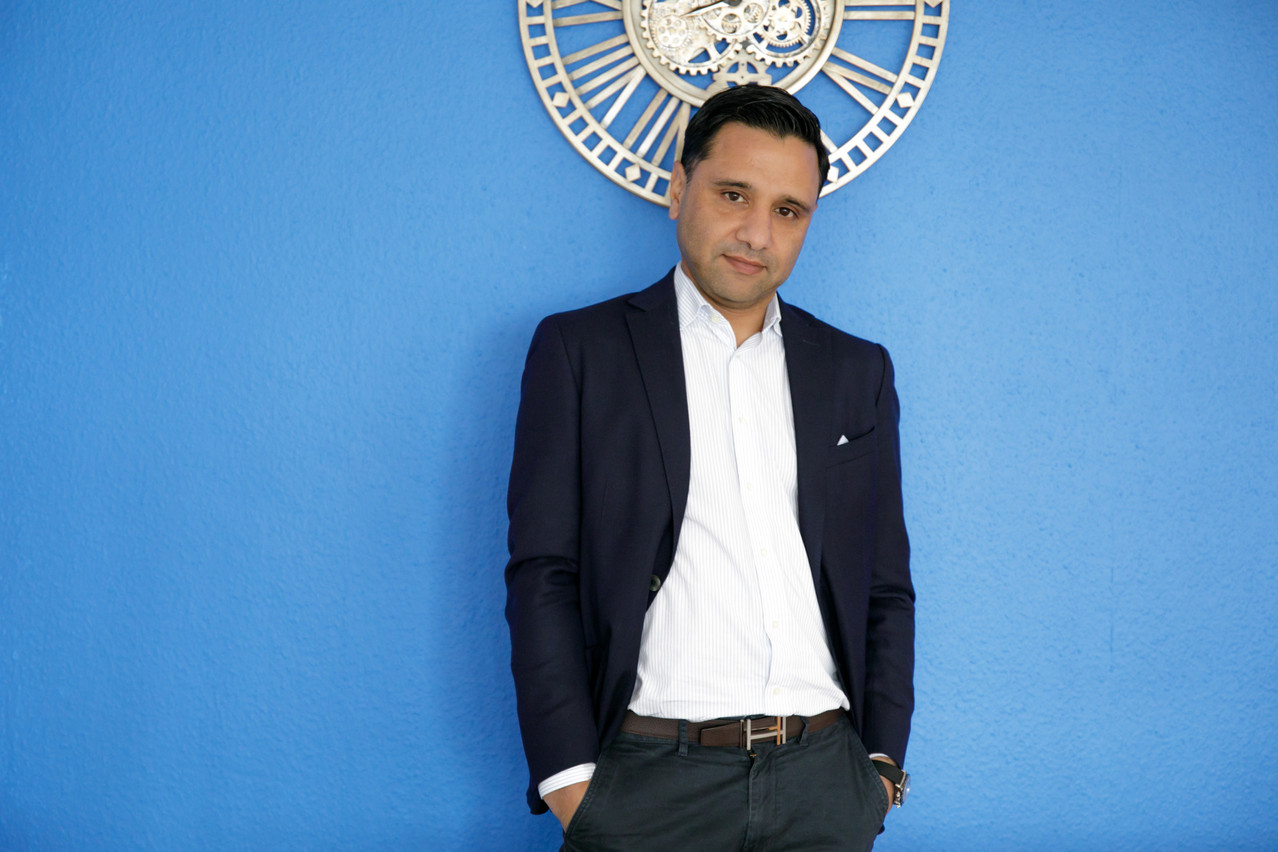Think of it as a form of the hub and spoke model.
A feeder fund is an “investment fund that invests all of its assets in one single investment fund, called the ‘master fund’,” according to the . “The feeder fund acts, to some extent, as the master fund’s commercial agent on a particular local market and adapts its conditions to the specific characteristics of that market.”
Typically there are several feeder funds that work with each umbrella fund. An individual feeder fund’s market could be a specific geographic jurisdiction or a specific type of investor.
How feeder funds work
“A feeder fund aggregates investor financial commitments and ‘feeds’ such funds into a master fund”, Shanu Sherwani, a private equity executive and partner at Antwort Capital, in a guest column for Delano earlier this year. “The money is overseen and allocated by the master fund.”
“Profits from the master fund are then split, or distributed, proportionately to the feeder funds based on the percentage of investment capital they have contributed to the master fund,” explained . “Consolidation of feeder funds into a master fund allows for reductions of operation and trading costs, and a larger portfolio has the added benefit of economies of scale.”
On the other hand, certain administrative and tax matters could be more complex, since each individual feeder fund has to separately comply with local rules.
Contrast with fund of funds
“Feeder funds” should not be confused with “fund of funds”. They are not the same.
A fund of funds is an investment fund that invests in other investment funds, instead of buying assets directly. A fund of funds will take stakes in several funds, that in turn hold stocks, bonds, commodities, property or other assets in their portfolios.
“The strategy of investing in a fund of funds aims to achieve broad diversification and asset allocation where investors can get broader exposure with reduced risks compared to investing directly in securities,” per the , a training organisation. However, “fund of funds investors typically pay higher fees than investors in traditional investment funds.”
Fresh feeder fund growth
Feeder funds have long been used in the and hedge fund spaces. In recent months, there has been fresh movement to create feeder funds targeting wealthy individuals who want to place their cash in with a lower minimum investment than previously required, Sherwani said. This is potentially a $1.5trn market, the consultancy Oliver Wyman has stated.
This is particularly the case for private equity and real estate funds, Serge Weyland, CEO of Edmond de Rothschild Asset Management Luxembourg, has . One of the best known examples of this growth is the feeder fund platform .
Previous jargon busters in the series: ; ; ; ; ; and .
Next week’s jargon buster: management company (manco).
